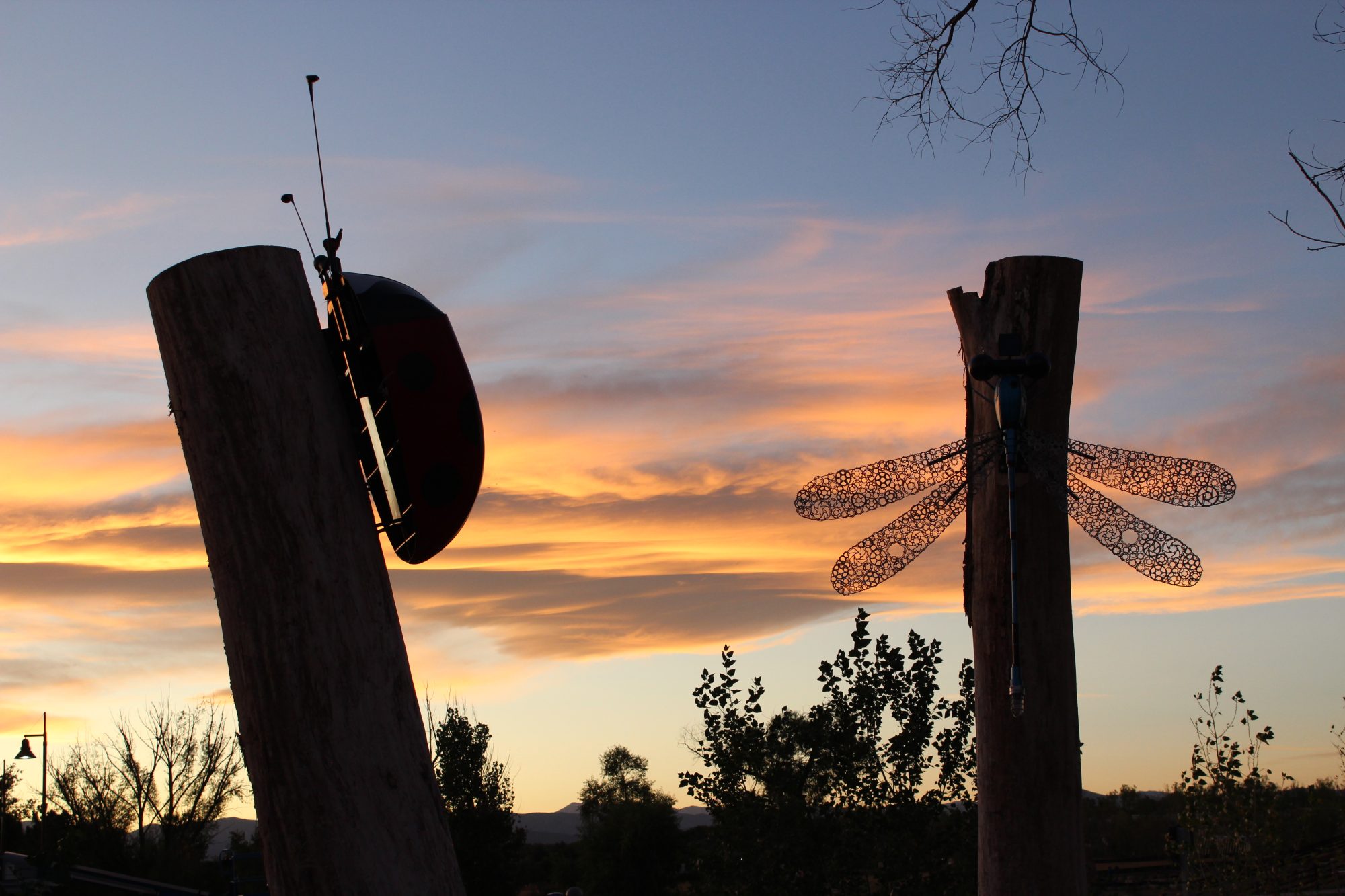History and Overview

Public art weaves a diverse and colorful tapestry throughout world communities. It is thought provoking, challenging and often controversial. For centuries powerful citizens and patrons of the arts have commissioned works, such as the Sphinx of Giza, Michelangelo’s David, the Statue of Liberty and the Vietnam Memorial, all of which have become cherished symbols of pride and identity.
With the inception of the National Endowment for the Arts in 1965, the modern public art program was born in the United States. The first matching grant for a public work of art was given to the City of Grand Rapids, Michigan, in 1967. The monumental abstract sculpture, entitled La Grande Vitesse, initially stirred both praise and criticism. Over time it became a symbol for the City of Grand Rapids, and its image now adorns City sanitation trucks and the mayor’s stationery. The Grand Rapids model set the stage for public art policy.
Since then, public art programs have emerged and evolved in urban cities and small towns. These programs continue to enrich and invigorate the cultural life of communities across the United States.
Public art can be fashioned of bronze, brick, steel, or fabric; it can be a mural, sculpture, park bench, banner, or imprint; it can be colorful or subdued, interior or exterior, monumental or diminutive, utilitarian or decorative.
It is through a commitment to diversity in material, form and placement that Longmont’s Art in Public Places has become one of Colorado’s most successful public art programs.
